Navigating the expenses of completing a bonus room requires a clear understanding of various factors. From material choices and labor costs to permits and design preferences, accurately estimating the total cost is crucial.
We will break down these components to provide a comprehensive overview of the expenses involved.
How Much Does It Cost to Finish a Bonus Room?
The expenses for finishing an attic over a garage, commonly referred to as a “bonus room,” can vary significantly based on your specific needs.
Adding heating, ventilation, and insulation can lead to costs ranging from $4,600 to $24,000. If the intention is storage use only, the expense may be between $4,000 and $8,000.
Alternatively, preparing for potential future conversion to living space could incur extra charges of $4,000 to $10,000 or more, covering electrical, heating, cooling, and plumbing work, even if it’s a preliminary installation for future use.
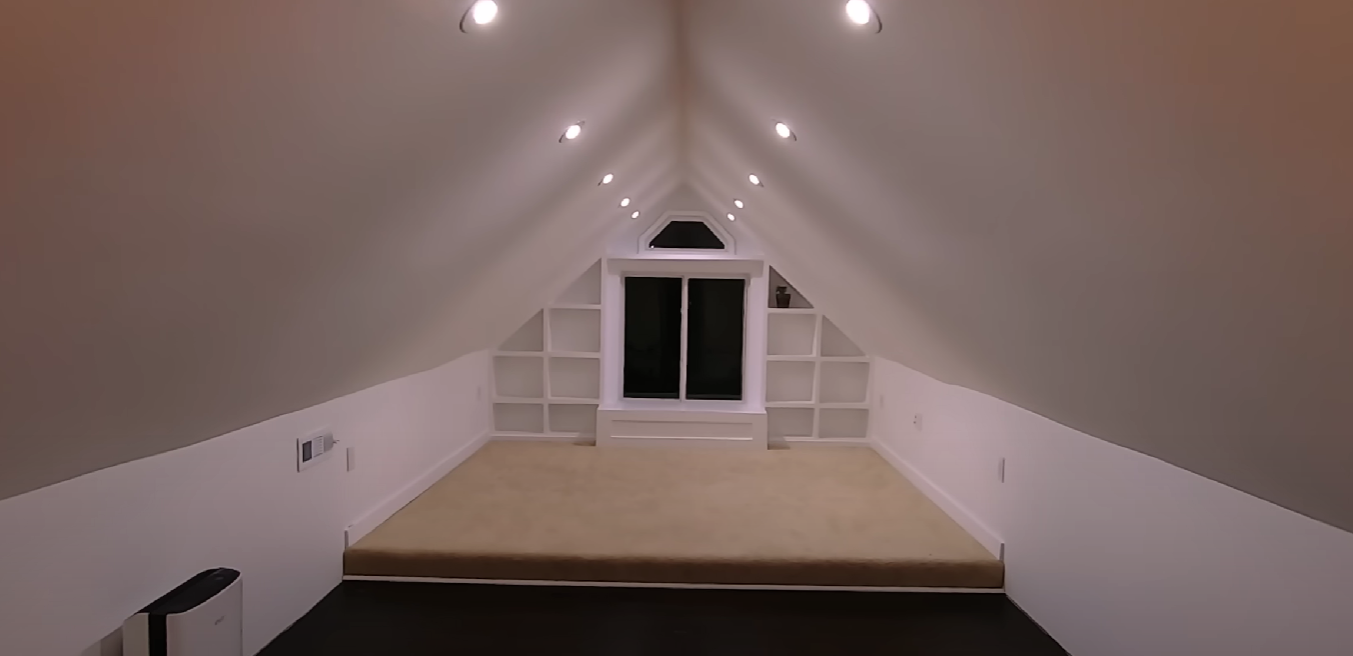
Factors That Influence the Cost of Finishing a Bonus Room
Completing a bonus room, whether it’s an attic above a garage or an extra space in your home, involves a range of considerations that directly influence the overall cost.
From structural elements to design choices, each factor plays a pivotal role in determining the financial investment required for the project.
Space Size and Layout
The dimensions of the bonus room have a significant impact on the total cost. Larger rooms inherently require more materials for construction, flooring, and finishing touches.
Additionally, the room’s layout, the number of walls, and the complexity of the design can also affect costs, as intricate layouts might demand more labor and resources.
Structural Modifications
Alterations to the existing structure, such as creating new openings, reinforcing walls, or adding support beams, can contribute substantially to the expenses.
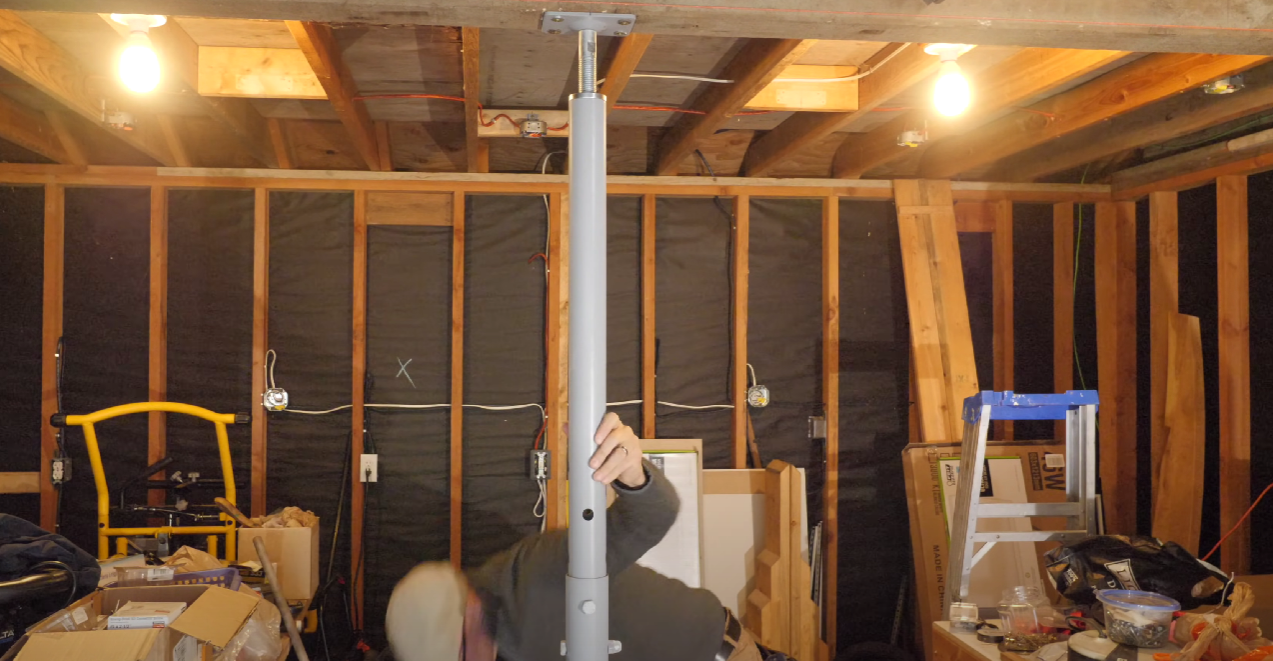
Structural changes may be necessary to accommodate new windows, doors, or any desired design alterations, but these adjustments often come with additional costs.
Insulation and Ventilation
Proper insulation and ventilation are essential for creating a comfortable and energy-efficient bonus room. The type and quality of insulation, as well as the ventilation system’s complexity, can impact the overall cost.
High-quality insulation and advanced ventilation systems tend to be pricier but can result in long-term energy savings.
Heating and Cooling Systems
Incorporating heating and cooling systems is a crucial consideration, especially if the bonus room is intended for year-round use. The choice of the HVAC system, whether it’s a central unit or a split system, can significantly affect the cost.
Additionally, if the room requires ductwork installation, the expenses can rise accordingly.
Electrical Wiring
Wiring the bonus room for adequate lighting, outlets, and potential electronic equipment is a significant expense. The number of fixtures, outlets, and switches, along with the complexity of the electrical layout, all contribute to the final cost. Wiring might also be influenced by local building codes and safety regulations.
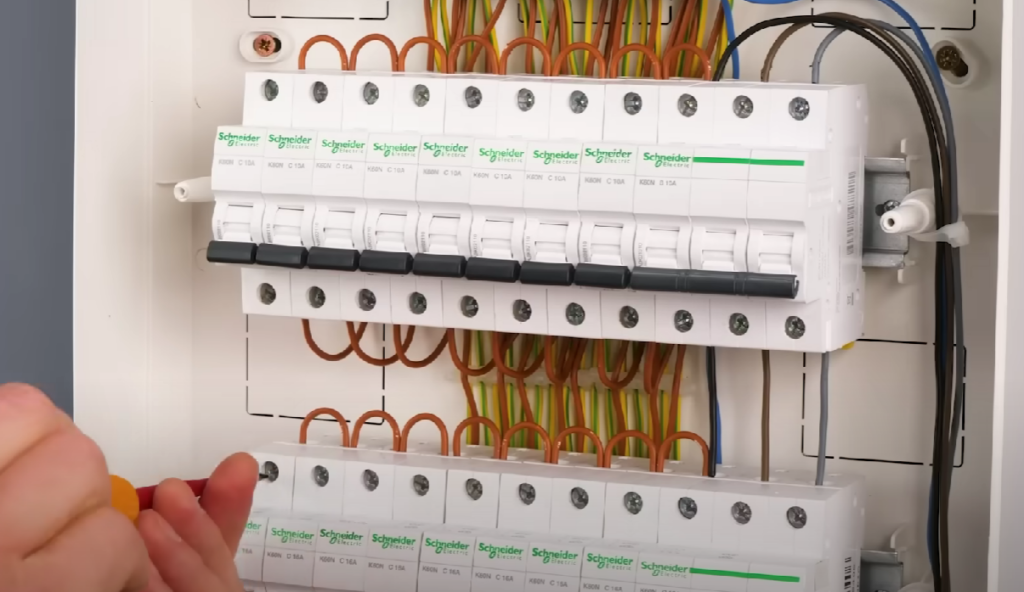
Plumbing Requirements
If the bonus room is intended to serve as a living space, adding plumbing for bathrooms or a small kitchenette can significantly increase the cost. The extent of plumbing work required and the complexity of the installation play a role in determining expenses.
This includes costs associated with piping, fixtures, and connections to existing plumbing systems.
Flooring Choices
The type of flooring you opt for can considerably impact the cost of finishing the bonus room. Whether you choose hardwood, laminate, carpet, or tile, each material comes with its price point.
Additionally, the complexity of the installation and any necessary subfloor preparation can influence the overall expenses.
Interior Finishes
The aesthetics of the bonus room, such as wall finishes, trim, and paint, contribute to the final cost. Higher-end finishes and custom detailing will naturally result in higher expenses.
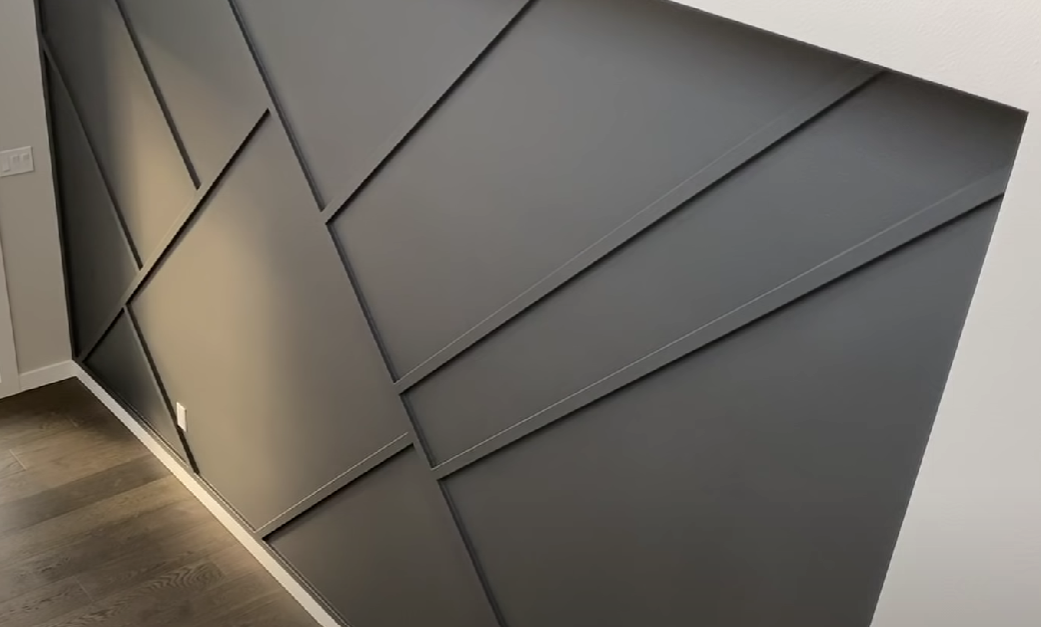
Choosing between standard materials and premium options can significantly affect the budget.
Permits and Regulations
Obtaining the necessary permits and adhering to local building codes is not only essential for legality but can also impact costs. Depending on the region, permits may come with associated fees.
Moreover, conforming to specific regulations might require additional modifications that could increase the project’s overall expenses.
Labor Costs
Labor charges, including hiring contractors, carpenters, electricians, plumbers, and other skilled professionals, are a major component of the total cost. Labor rates can vary based on location, demand, and the complexity of the work.
Choosing reputable and experienced professionals might lead to higher costs but ensures quality results.
Design Complexity
The complexity of the bonus room’s design, including architectural details, custom features, and unique elements, can significantly impact the cost. Elaborate designs might require specialized skills and additional time, driving up both material and labor expenses.

How to Save Money in finishing a Bonus Room?
Completing a bonus room can be a rewarding investment, but the expenses involved can add up quickly. Fortunately, there are strategic approaches you can take to keep costs in check without compromising on quality.
By considering these money-saving strategies, you can transform your bonus room while staying within your budget.
Careful Planning and Budgeting
Before embarking on the project, create a detailed plan that outlines your goals, design preferences, and the scope of work. Set a realistic budget that includes all potential expenses, from materials to labor.
Having a well-defined plan will help you avoid costly changes or surprises along the way.
DIY Where Possible
Depending on your skill level, consider tackling certain tasks yourself, such as painting, simple electrical work (like installing light fixtures), or assembling furniture.

DIY efforts can significantly reduce labor costs, but be sure to accurately assess your abilities and consult professionals for more complex tasks.
Reuse and Repurpose
Rather than investing in all-new materials and furnishings, explore opportunities to reuse or repurpose items you already have.
For instance, you might be able to salvage and refinish old furniture, use leftover building materials from previous projects, or repurpose decor from other areas of your home.
Shop Smart for Materials
Take the time to research and compare prices for materials like flooring, paint, fixtures, and hardware. Look for sales, discounts, and clearance items at local home improvement stores or online retailers.
Keep in mind that quality matters, so balance cost savings with the durability and longevity of materials.
Opt for Cost-Effective Finishes
Choose finishes that offer a balance between cost-effectiveness and visual appeal. For instance, you could consider laminate flooring instead of hardwood or explore alternatives to high-end countertop materials. These choices can help you achieve a polished look without overspending.
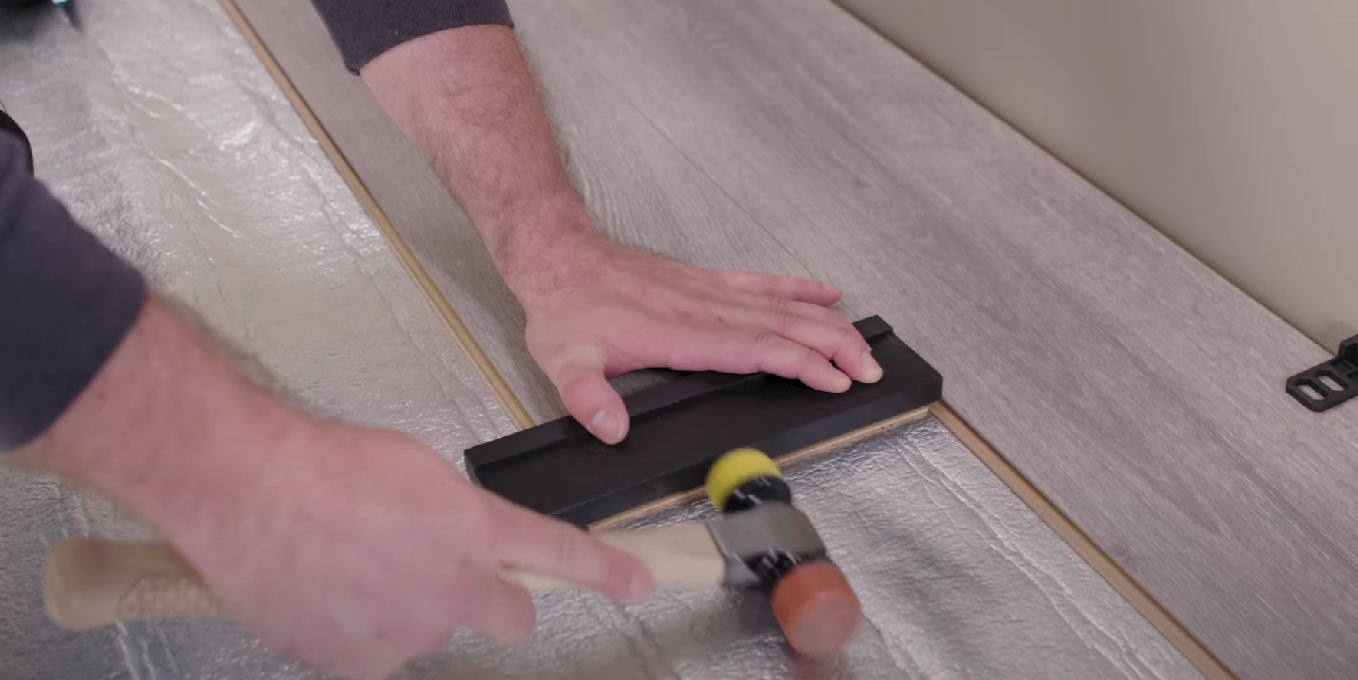
Prioritize Essential Features
Identify the essential features and amenities for your bonus room and focus on those. This prevents unnecessary spending on extravagant additions that might not align with your needs. Prioritizing will ensure your budget is allocated where it matters most.
Limit Structural Changes
Keeping the existing structural layout of the space can help avoid costly modifications. Avoid unnecessary changes to walls, windows, and doors unless they are essential for the functionality or aesthetics of the room.
Get Multiple Quotes
When hiring professionals for tasks like electrical work, plumbing, or carpentry, obtain quotes from multiple contractors. This allows you to compare prices and evaluate the most cost-effective options without compromising on quality.
Consider Partial Completion
If your budget is tight, consider completing the bonus room in stages. Focus on the essential tasks first, such as insulation, electrical work, and basic finishes. You can then tackle additional features and upgrades over time as your finances allow.
Energy-Efficient Choices
Investing in energy-efficient features like LED lighting [1], high-quality insulation, and energy-efficient windows can lead to long-term savings on utility bills. While these choices might have slightly higher upfront costs, the reduced energy consumption can offset the expenses over time.

Avoid Over-Customization
While it’s tempting to add unique and personalized features, over-customization can lead to higher costs. Keep in mind that more intricate designs or custom-built elements often come with elevated price tags.
Regular Maintenance
Once the bonus room is completed, prioritize regular maintenance to prevent costly repairs down the line. This includes tasks like cleaning air filters, checking for leaks, and addressing minor issues promptly before they escalate into larger and more expensive problems.
Is a Finished Bonus Room a Good Investment?
A finished bonus room can indeed be a valuable investment, offering both practical benefits and potential financial returns. The added square footage can enhance the overall functionality of your home, providing versatile space for various purposes such as a home office, guest bedroom, or entertainment area.
This improved usability can enhance your daily living experience and potentially increase your property’s appeal when it comes time to sell. However, the investment’s profitability depends on various factors, including the local real estate market, the quality of the finishes, and the demand for extra space.
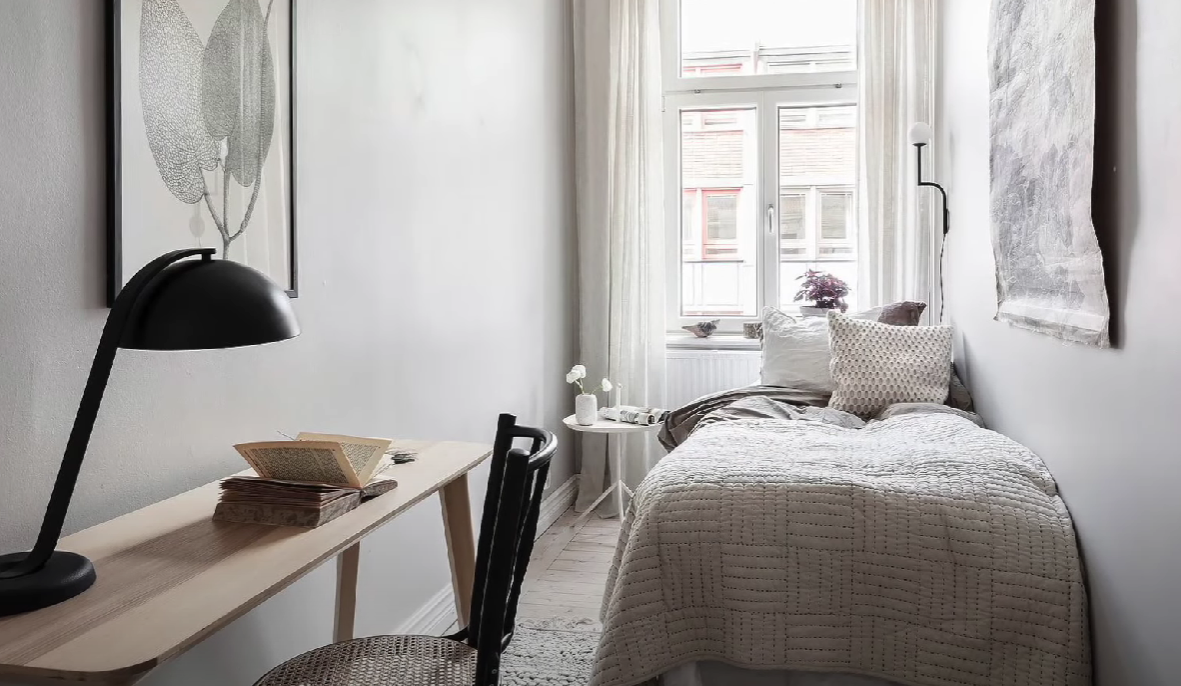
It’s important to balance the costs of finishing the bonus room against the potential benefits it can bring in terms of comfort, convenience, and potential resale value.
Conclusion
Determining the cost of finishing a bonus room involves a range of variables, from materials and labor to permits and design choices. A thorough assessment of these factors is essential for obtaining an accurate estimate and making informed decisions about the budget and scope of the project.

